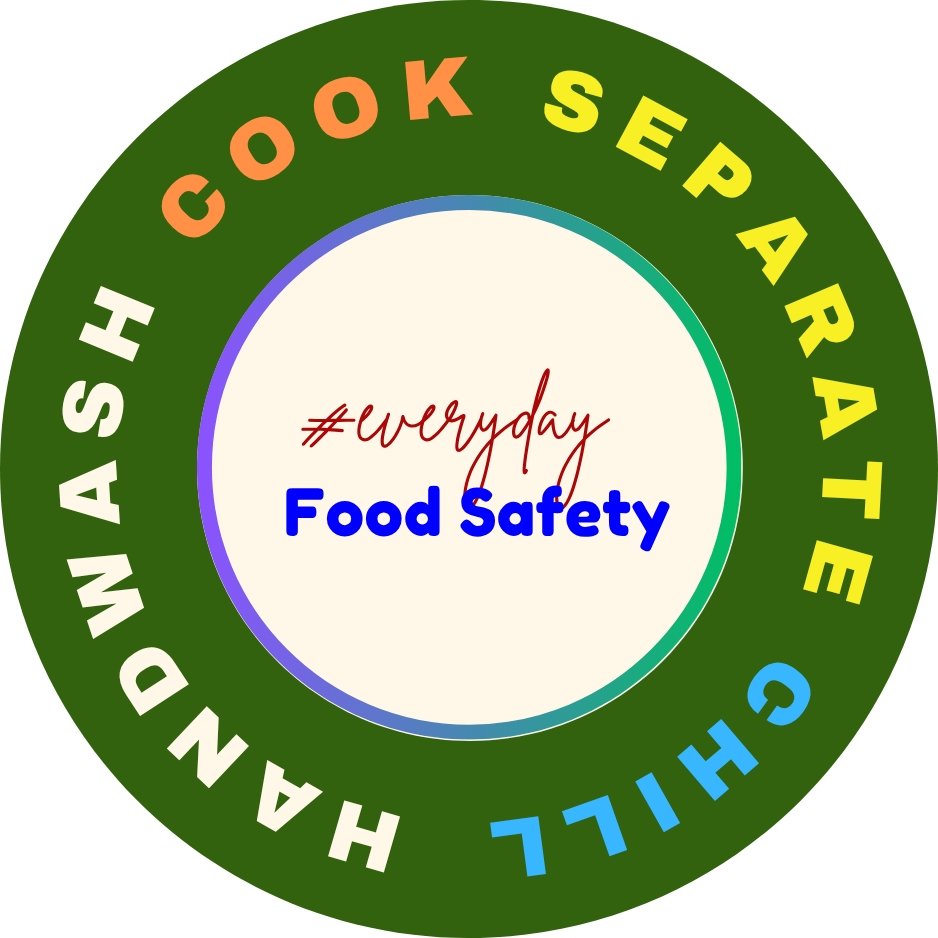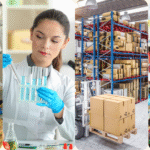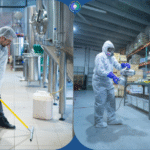Everyday Food Safety
Food Safety and 5S: The Practical Tools in Food Business
In today’s rapidly moving food industry, ensuring food safety and quality is more important than ever. One effective way to actively improve food safety is by adopting the 5S system. This method, which emphasizes workplace organization, helps food businesses enhance their operations while reducing risks.
Here’s how implementing 5S can boost food safety.
1. Sort (Seiri)
The first step in the 5S methodology is sorting through materials and equipment. By identifying and removing unnecessary items, businesses can reduce clutter in food prep areas. This not only improves efficiency but also lowers the risk of contamination.
Example: In a kitchen, staff might sort through all utensils and remove any that are broken or seldom used.
Evidence: Maintain a record of items removed and a before-and-after inventory list that shows the clutter reduction.
Sample Record: Clutter-Reduction Log
2. Set in Order (Seiton)
Next, organize essential items neatly. Clearly labeling storage areas for ingredients and tools helps ensure quick access and reduces the risk of cross-contamination. For example, placing raw meats on a lower shelf and cooked foods above can prevent the spread of harmful bacteria. This simple yet effective organization enhances food safety and boosts operational efficiency.
Example: Organize food storage items by category and label the shelves. For example, place all spices on one shelf and condiments on another.
Evidence: Use photos of organized shelves and an inventory checklist to show where each item is stored for easy access.
Sample Record: Storage Inventory Checklist.
Please read our full blog on Food Warehouse here.
3. Shine (Seiso)
Regular cleaning is crucial for maintaining a safe food environment. The Shine phase of 5S emphasizes the importance of cleanliness and order. Establishing a routine cleaning schedule helps identify potential hazards, such as spills or mold growth, and prevents them from occurring. Additionally, a clean workspace encourages staff to take pride in their environment, fostering a culture of food safety.
Example: Implement a daily cleaning routine for all food prep areas, including equipment and surfaces.
Evidence: Keep a cleaning log that records daily cleaning tasks completed by staff, along with dates and signatures. Before-and-after photos can also serve as proof of cleanliness.
Sample Record: Daily Cleaning Schedule and Checklist
Please read our full blog on Cleaning and Sanitation here.
4. Standardize (Seiketsu)
Standardization is essential for sustaining the improvements made in the first three steps. By developing standard operating procedures (SOPs) for cleaning and organizing, food businesses can guarantee uniform practices among all employees. This consistency not only improves food safety but also simplifies training for new staff members.
Example: Create standard operating procedures (SOPs) for cleaning and organizing tasks, outlining steps staff should follow.
Evidence: Distribute written SOP documents and maintain records of staff training sessions in which these procedures are reviewed. You can also monitor compliance through periodic audits.
Sample Record: Standard Operating Procedures, Training Attendance Logs, 5S Audit Reports.
5. Shitsuke (Sustain)
Ultimately, maintaining these improvements is essential for long-term success. Regular training and audits help reinforce the principles of 5S. Encouraging team members to take ownership of their workspace builds a sense of responsibility and commitment to food safety. When everyone is involved in upholding standards, the entire operation benefits.
Example: Hold monthly meetings to review 5S practices and discuss any issues or improvements that need attention.
Evidence: Keep minutes from these meetings and a checklist to monitor ongoing adherence to 5S principles. Conduct regular audits to ensure that standards are consistently maintained over time.
Sample Records: Standard Operating Procedures Manual
Conclusion
Implementing 5S into food safety practices not only boosts overall efficiency but also significantly lowers risks associated with foodborne illnesses. By sorting, setting in order, shining, standardizing, and sustaining, food businesses can create a safer, more organized environment.
Ultimately, adopting the 5S methodology can lead to higher food safety standards and greater customer satisfaction.
Quick Reference
- Practical applications of 5S in food businesses – 5S in the Food Industry: Examples and Tips for Implementation.
- How workplace organization improves food safety – 5S in the Food Industry (Vikan Blog).




